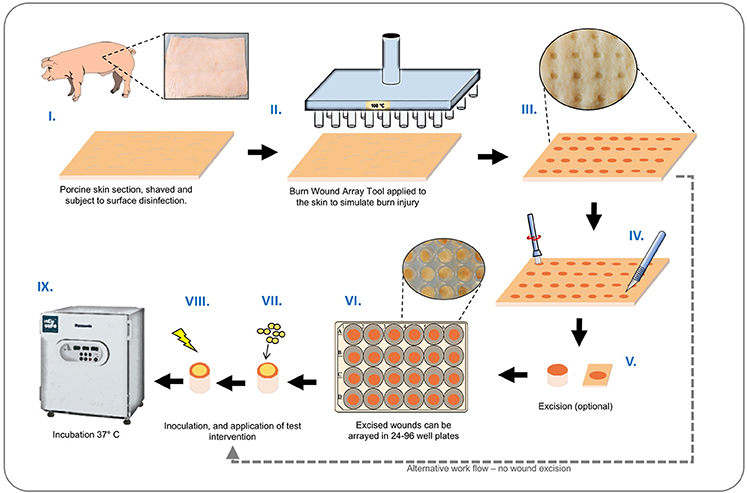Our paper on surface-functionalised nanoparticles and their ability to adhere to or penetrate mucous membranes has been accepted and published online. I congratulate my co-authors on this well-deserved outcome, and hereby present the paper to my readers:
MWays TM, Lau WM, Ng KW, Khutoryanskiy VV (2018) Synthesis of thiolated, PEGylated and POZylated silica nanoparticles and evaluation of their retention on rat intestinal mucosa in vitro. European Journal of Pharmaceutical Sciences 122:230-238.
The article is available for free from Elsevier until 29 August 2018. To access the free full text, please follow this link:
https://authors.elsevier.com/c/1XMgF3J1dIQyBp
In the paper, we demonstrated that nanoparticles whose surfaces were functionalised differently attained the ability to either adhere to or penetrate the mucus layer in the small intestines of the rat. We postulate that the same can be true in humans. This has important applications in oral drug delivery, where the nanoparticles can be tailored to target drug delivery to the gut differently, depending on the desired drug release profile.
The work was led by Professor Vitaliy Khutoryanskiy, of the University of Reading.

